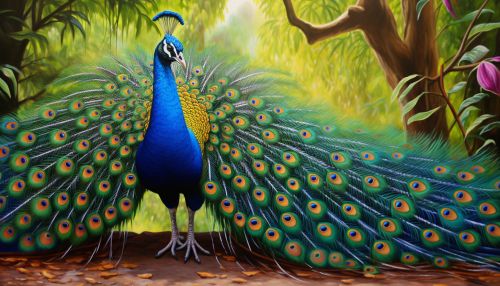Sexual Selection
Introduction
Sexual selection is a concept in evolutionary biology that describes how certain traits evolve not for survival, but for successful mating. This process, first proposed by Darwin, is a mechanism of natural selection where individuals with certain heritable characteristics gain a mating advantage over others.
Concept
Sexual selection operates when there is variation in the ability of individuals to attract mates. This variation can be due to differences in physical or behavioral traits. The traits that enhance an individual's ability to secure mates are favored by sexual selection and tend to increase in frequency over generations.


Types of Sexual Selection
Sexual selection can occur through two main mechanisms: intrasexual selection and intersexual selection.
Intrasexual Selection
Intrasexual selection involves competition among individuals of the same sex (usually males) for access to mates. This can result in the evolution of traits such as large body size, weaponry (like antlers or tusks), and aggressive behavior.
Intersexual Selection
Intersexual selection, also known as mate choice, occurs when individuals of one sex (usually females) choose mates based on certain traits. This can lead to the evolution of traits such as elaborate ornamentation, courtship displays, and vocalizations.
Factors Influencing Sexual Selection
Several factors can influence the strength and direction of sexual selection. These include the operational sex ratio (the ratio of sexually active males to females), the mating system (monogamy, polygamy, etc.), and the availability and distribution of resources.
Sexual Dimorphism
Sexual selection often leads to sexual dimorphism, where males and females of the same species differ in size, coloration, or other physical traits. This is particularly evident in species where males compete for access to females or where females are choosy about their mates.
Criticisms and Controversies
While the concept of sexual selection is widely accepted, it has also been the subject of debate and controversy. Some criticisms focus on the difficulty of testing hypotheses about sexual selection, while others question the assumption that female mate choice is always based on male traits that signal genetic quality.
Implications for Conservation
Understanding sexual selection is important for conservation efforts, as it can influence population dynamics, genetic diversity, and the vulnerability of species to environmental change.
